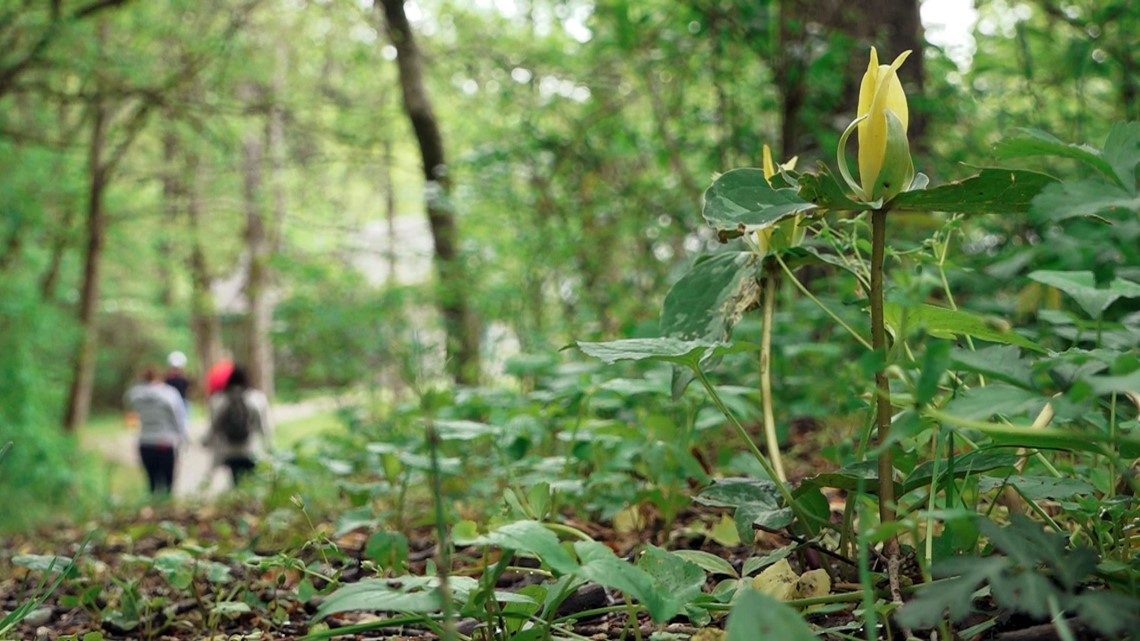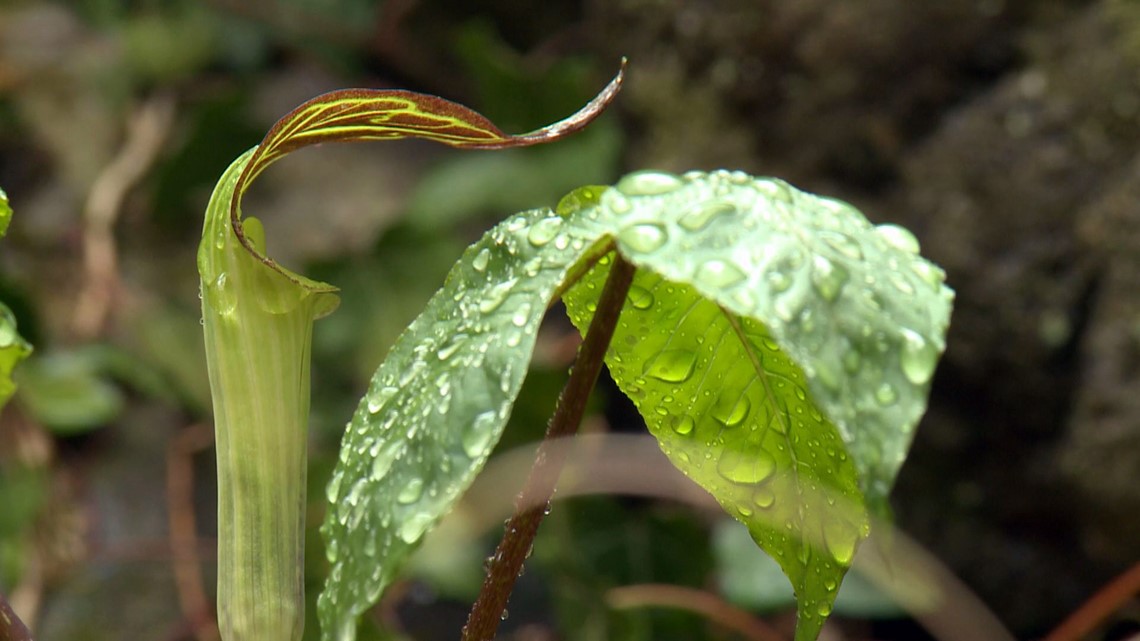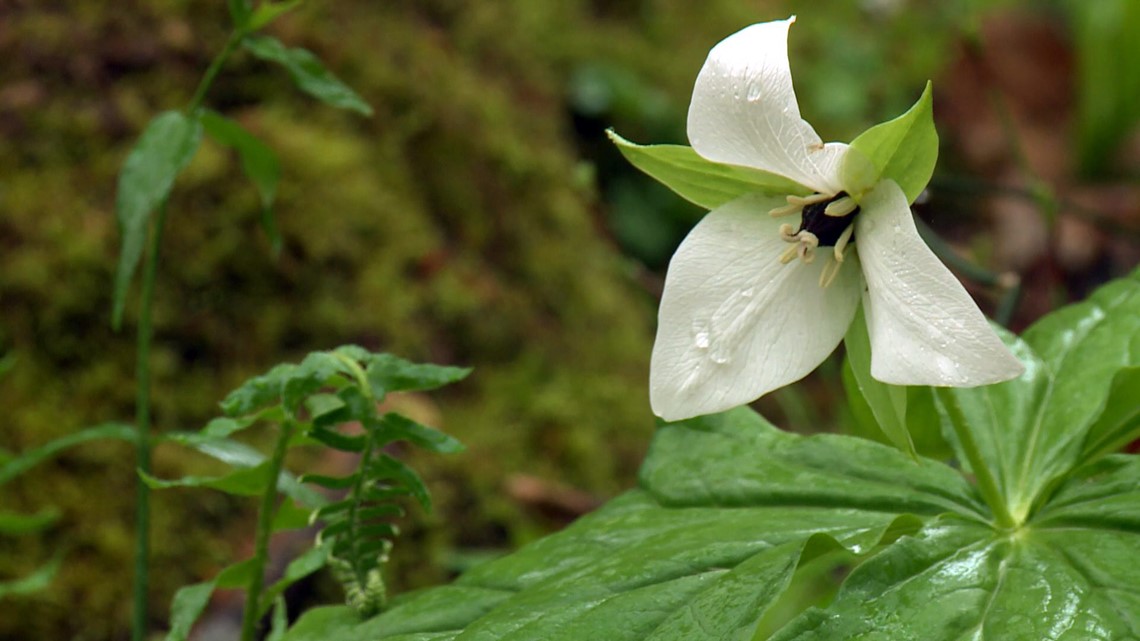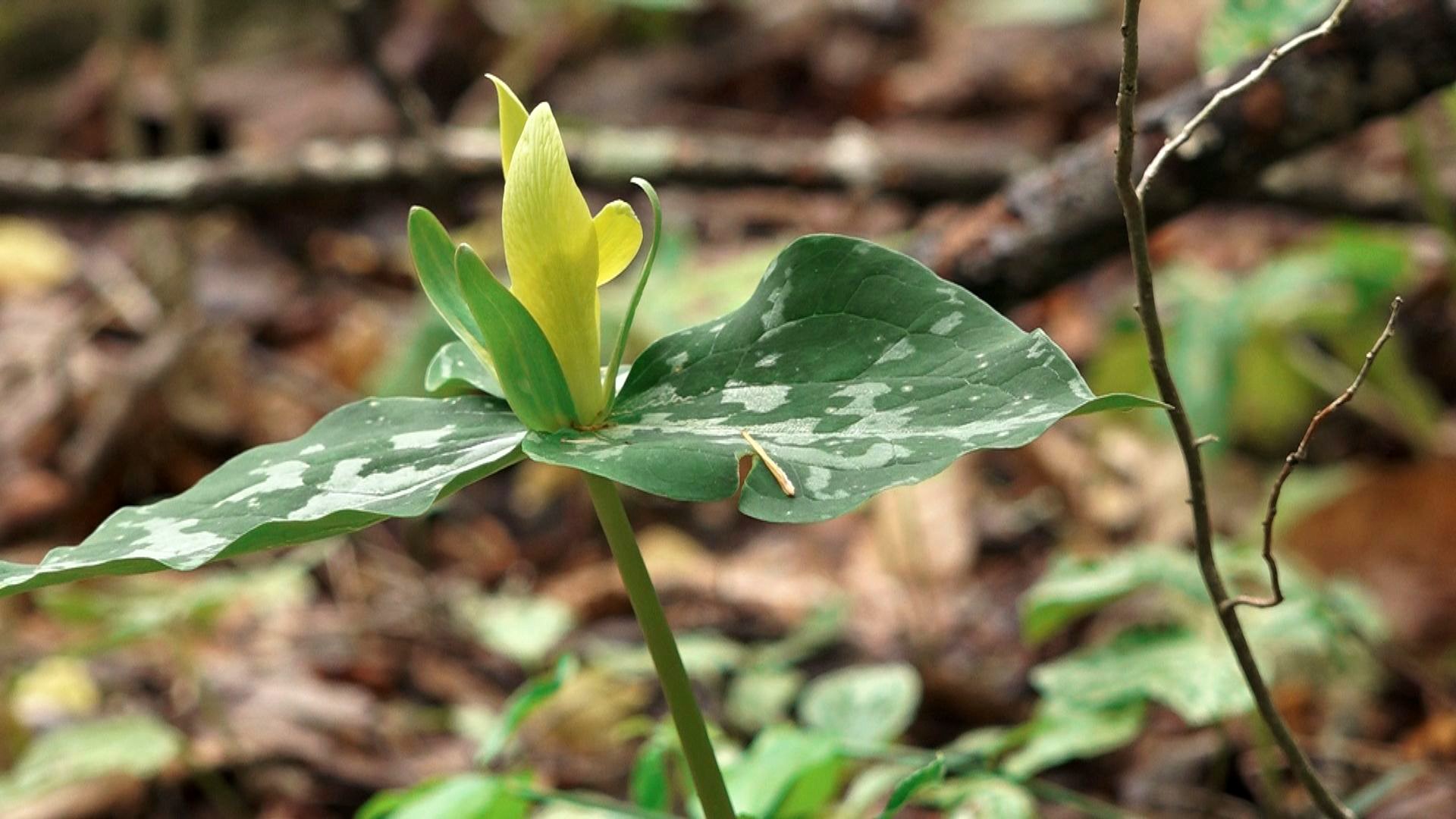GATLINBURG, Tenn. — The wildlife is awake and the spring wildflowers are in bloom in the Great Smoky Mountains National Park (GSMNP). That means rangers are again warning visitors not to approach wildlife or pick plants.
Tourists will often pose a threat to themselves and animals trying to get closer for a photograph. The same photographic behavior threatens wildflowers.
"People will see one flower and get really close to take a picture. They will walk around it from all sides. What you don't realize is you're walking around it and killing all the other plants," said Jamie Sanders, GSMNP spokesperson.


The sole flower being photographed may be surrounded by late bloomers. The soil around the flower is also compacted and hurts the plant's chance of a return appearance next spring.
"Stay on the trail and the hard-packed surface. It's so much better for you to stand back and zoom in on that individual flower. When you go in to get an even closer picture, if you're lying down and damaging and compacting the soil, then it makes it really difficult for those flowers to bloom again next year," said Sanders.
Beyond unintentional damage caused by pictures of plants, there are some visitors who blatantly pick the plants.


"We see the whole gamut. All the way from a small child who doesn't know any better who i's picking a bouquet for their mother to the really structured poacher who is coming out to get money for those flowers," said Sanders.
The uncommon and sensitive pink lady slipper flowers are so frequently picked, the Facebook group Hike The Smokies asks members not to share photographs that identify their location.
Rangers want visitors to enjoy the flowers while staying on hard-packed trails. Otherwise, the beautiful blooms in the Smokies will love you not.


"The Smokies is a world-renowned preserve for wildflower diversity. We have over 1,500 species within the national park. That's more than any other North American national park. So, we're a really special place," said Sanders.
Picking plants and removing objects from the national park not only damages the environment. It is also against the law. Violators can face heavy fines and have to pay restitution to repair damage.

